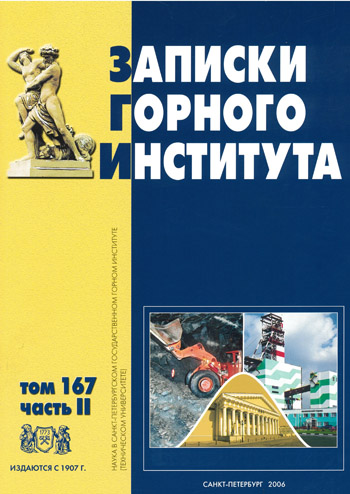Technical silicification of wood materials
- 1 — Freiberg University of Mining and Technology
- 2 — Freiberg University of Mining and Technology
- 3 — Freiberg University of Mining and Technology
- 4 — Freiberg University of Mining and Technology
Abstract
Technical silicification of wood was performed to improve the properties (e.g. wear resistance, water absorption, hardness) of the material. Experimental studies were carried out using two types of wood (oak and spruce) and three different sources of silica including sodium metasilicate (Na2SiO3), a colloidal suspension of silica (CSS), and tetraethoxysilane (TEOS). Experiments were done in the temperature range between 40 °С and 80 °C under normal pressure in glass beakers and at higher temperatures (up to 138 °C) and pressures (up to 12 bar) in autoclaves. Besides microscopic investigations (binocular, polarizing microscopy, SEM, cathodoluminescence microscopy), measurements of water absorption and hardness were performed. CL microscopy proved to be the most effective method to reveal the distribution of SiO2 within and on the surface of the wood samples. Material silicified with colloidal silica and TEOS, respectively absorbed about 40 % less water than untreated specimens. Likewise, the Brinell hardness of treated samples could be increased by nearly 100 % compared to fresh wood samples, which is mainly caused by vitreous silica coatings (generated by sol-gel transformation) at the sample surface.
